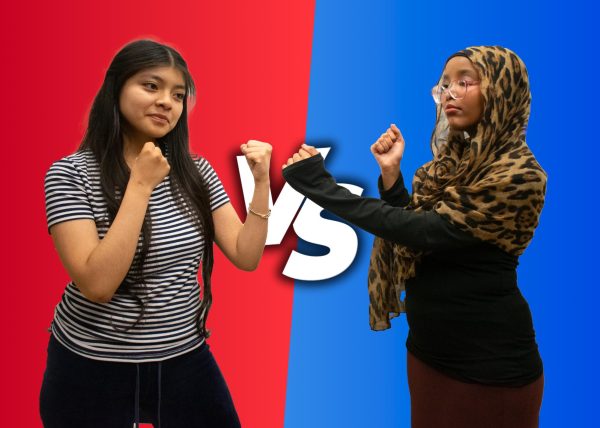Is Cultural Appropriation Appropriate?
With the conversation about the thin line between cultural appreciation and cultural appropriation becoming increasingly relevant it is imperative to educate oneself to show respect to the cultures represented. There is nowhere else in the world with a greater diversity than the United States, a nation of varying cultures and identities. Yet also, there is nowhere else in the world with a greater belief in the notion known as “cultural appropriation.”
Modern American society has recently popularized this term, primarily on social media. Many consider calling people out on cultural appropriation as unnecessary, ineffectual and ultimately outdated. But this is one of the rare situations where change is undesirable. Americans should continue having conversations about cultural appropriation and refrain from simply dismissing the issue.
Some may argue that cultural appropriation is synonymous with “gatekeeping” or limiting access to cultures. Cultural appropriation, however, occurs when a dominant culture takes select aspects of cultures from minority or marginalized groups without giving credit or showing respect. Labeling cultural appropriation as gatekeeping undermines the impacts on the targeted communities.
There is a blatant difference between cultural appreciation and appropriation. People are usually excited to share their cultures with others because it is an opportunity to present their cultural identity to the world and take pride in it. It only becomes an issue when others refuse to respect and learn about what they’re actively participating in. Biya Brook (II) shares, “If people did their research and are educated, I would be happy that they’re enjoying parts of my culture.”
The recent viral use of the gua sha, a traditional Chinese medicine tool to stimulate circulation, is an example of cultural appropriation. It differs from appreciation and stems from a lack of education. Catherine Zee (III) explains, “[If] someone was trying to market it by saying ‘it’s a tool to improve your face shape,’ that would be cultural appropriation because you’re not giving the credit, rather compared to saying ‘this is gua sha, which is used in traditional Chinese medicine.’” There are countless other examples of cultural appropriation, including sports teams using Native American tribal names or images and appropriating traditionally Black hairstyles, such as cornrows.
Partaking in different cultures is acceptable, but refusing to acknowledge the culture or using it for aesthetic purposes and personal gain is not. The right to call people out on cultural appropriation is imperative for minority groups and immigrants because it allows them to speak out against this disrespect and discrimination. To them, the term cultural appropriation is a protection that prevents others from taking advantage of their heritage and community.
Faria Zaman (I) agrees, “I am very happy with how discussions are being held more, because in the past, I would be upset with something I see on social media and I [would] see no one discussing it. But now, more people are being called out and I appreciate it. If it were up to me, I think we should continue having those conversations. We are heading off in a good direction.”
Boston Latin School enjoys a diverse environment, so it is not surprising that there are instances of cultural appropriation within the community. It is, however, important to respond in an appropriate way.
While discussion concerning cultural appropriation should continue, the practice of “canceling” people over appropriation has proven to be ineffective. Bombarding people just causes more tension and stigma around cultural exchange. Building connections and establishing trust across different groups of people is only possible if the negative stereotypes surrounding it are eliminated.
Brook expresses, “A lot of times it can be out of love. […] They could be doing it to appreciate the culture, but they’re just not doing it in the best way. Talk to them and explain why what they’re doing is wrong. Don’t just jump to attack them.” Although there are several problems concerning “cancel culture” now, teaching one another the rights and wrongs can transform appropriation into appreciation.
Cultural appropriation remains an essential part of socially educating others and respecting minorities. It helps people understand others better and become more open to different ways of life, especially in a country as diverse as the U.S. Disregarding other cultures completely is not the right path. It is better to have these complex and admittedly difficult conversations about culture and heritage, rather than to dismiss them altogether.







